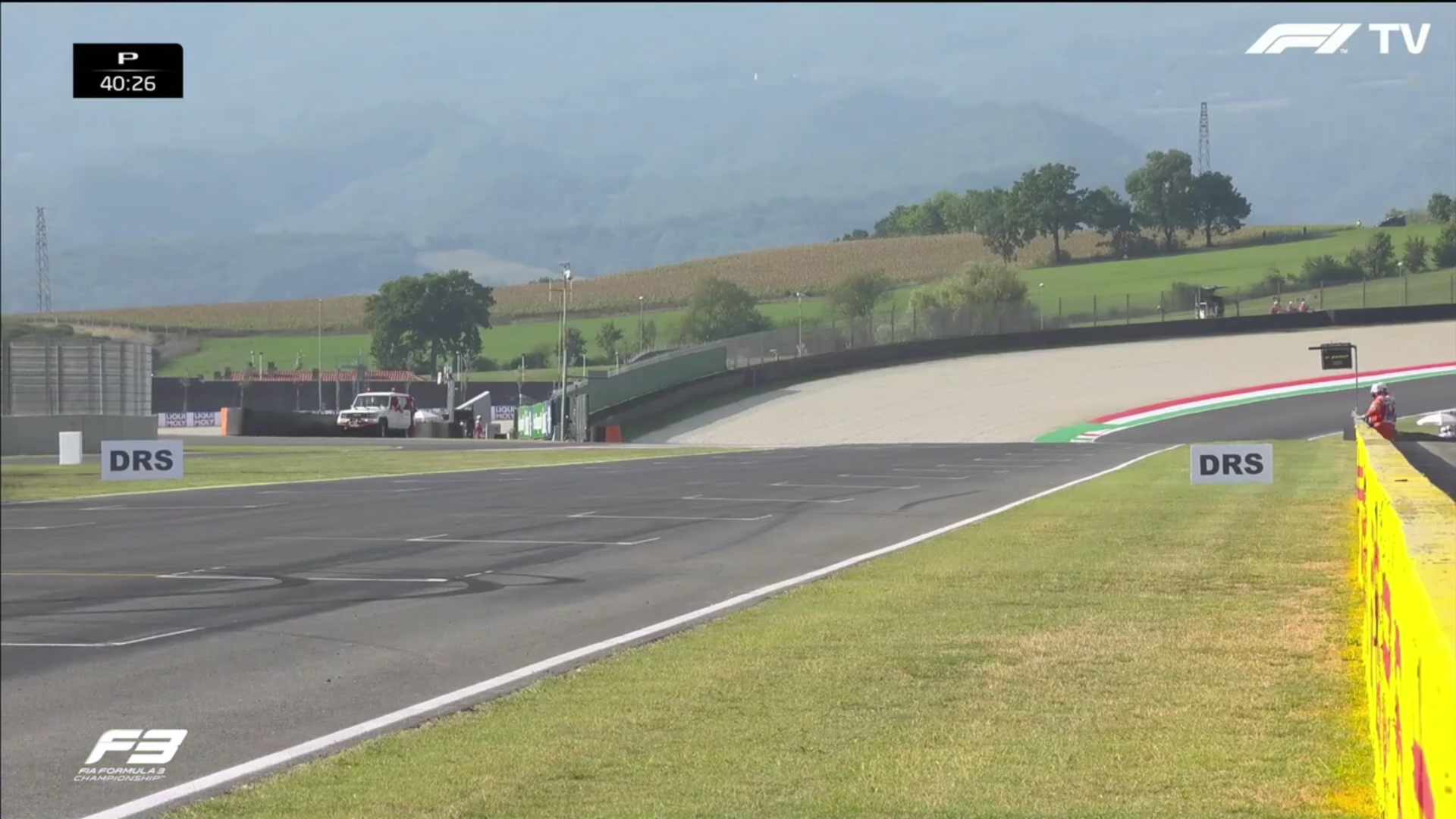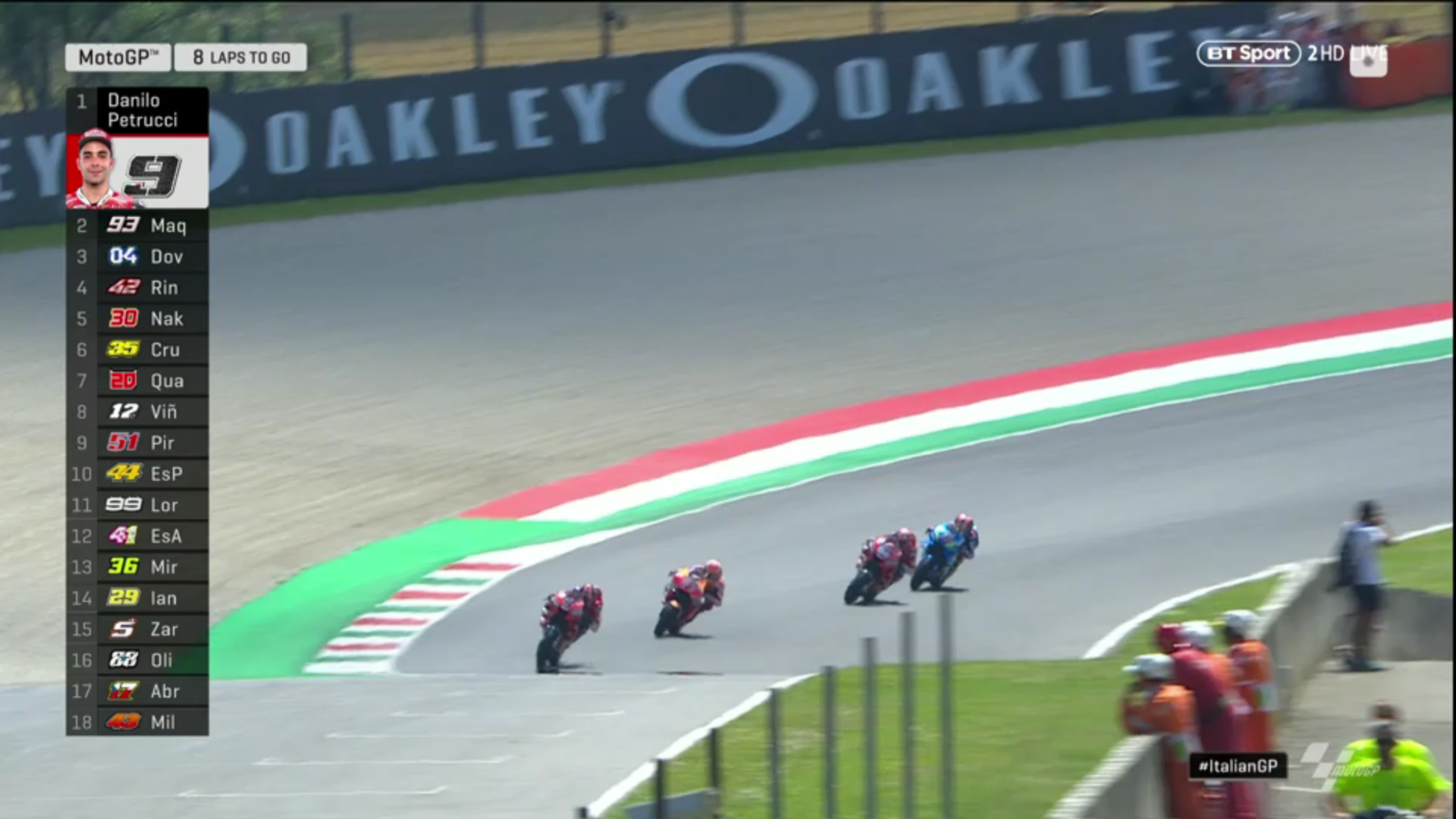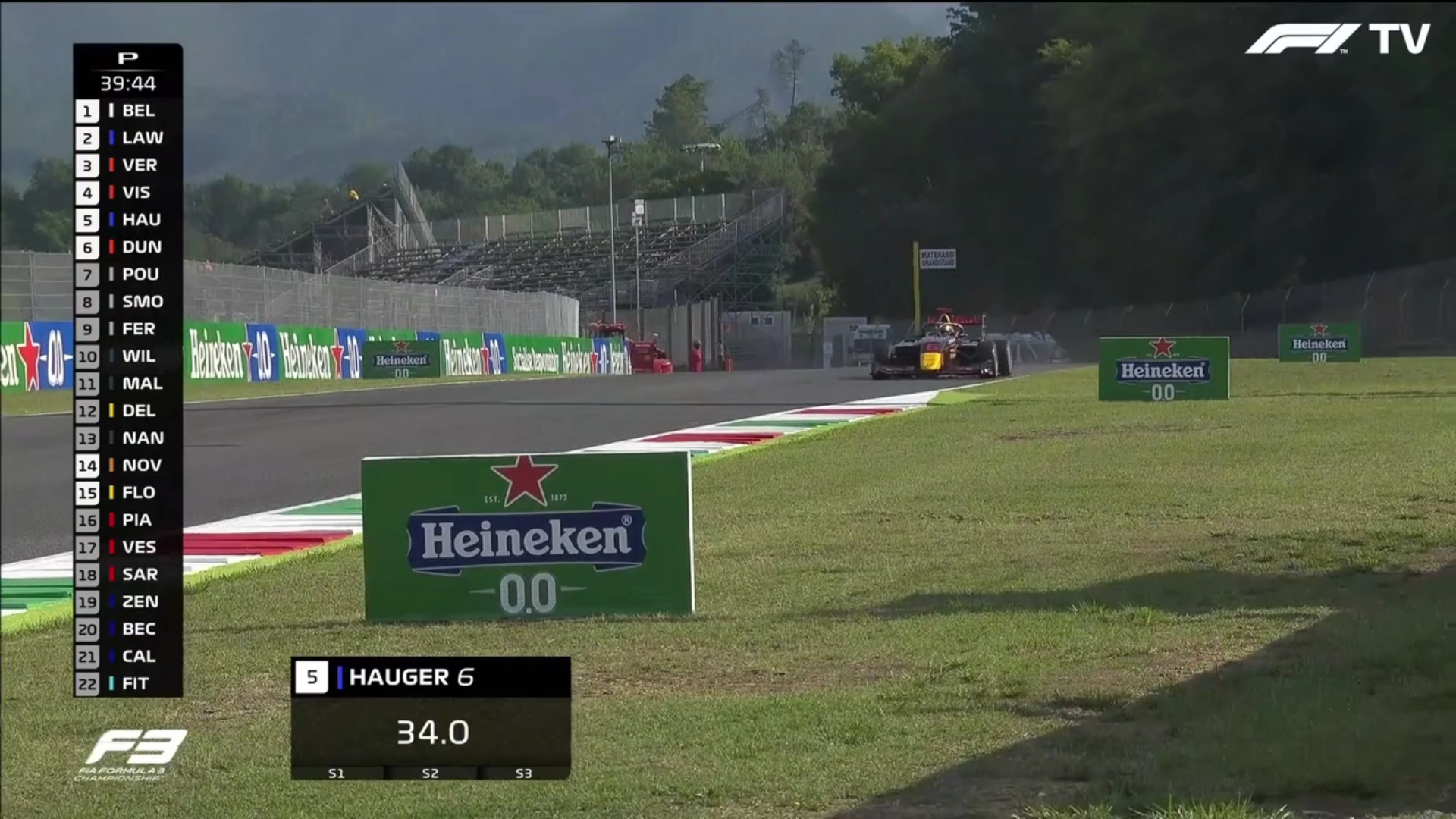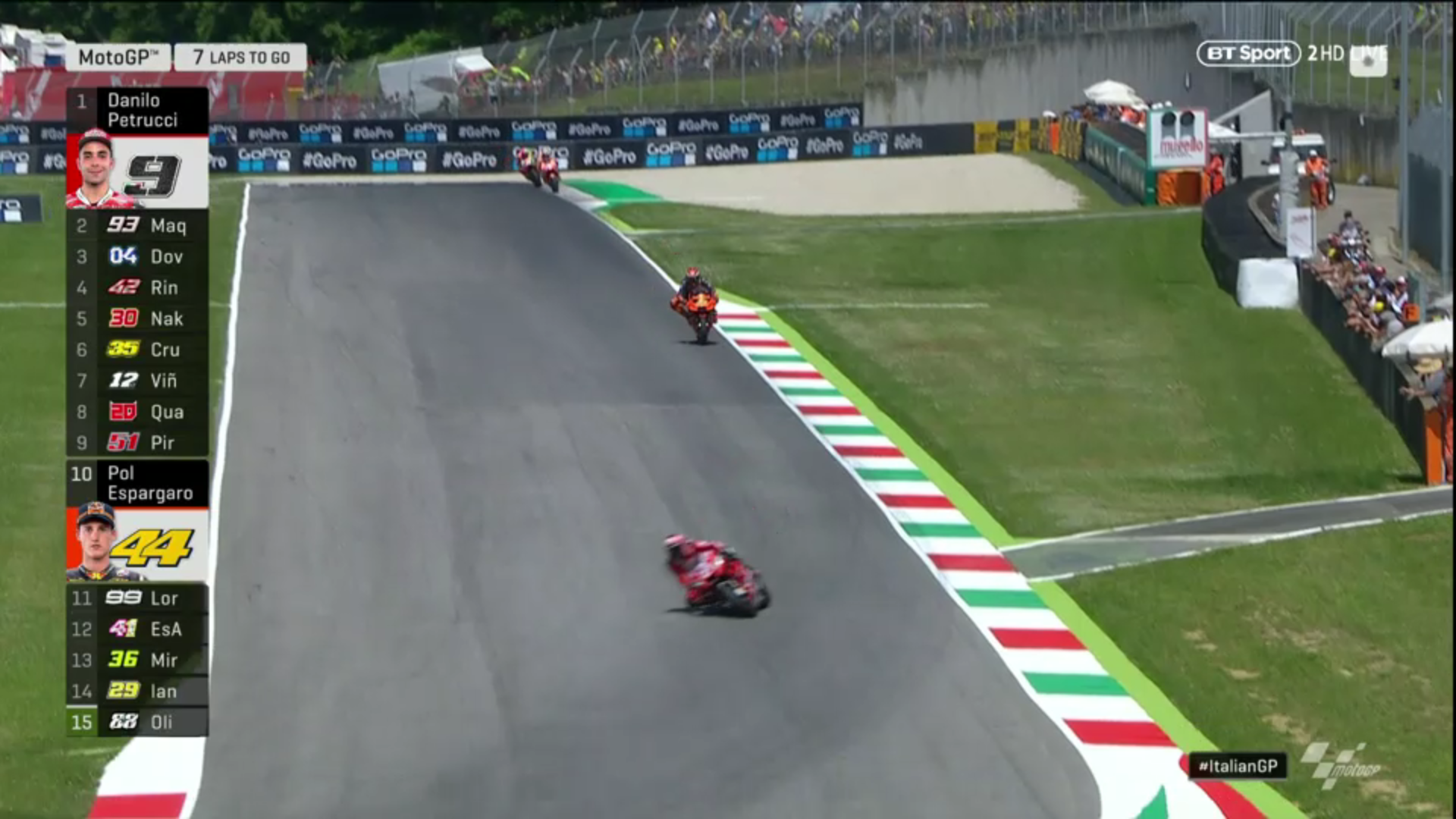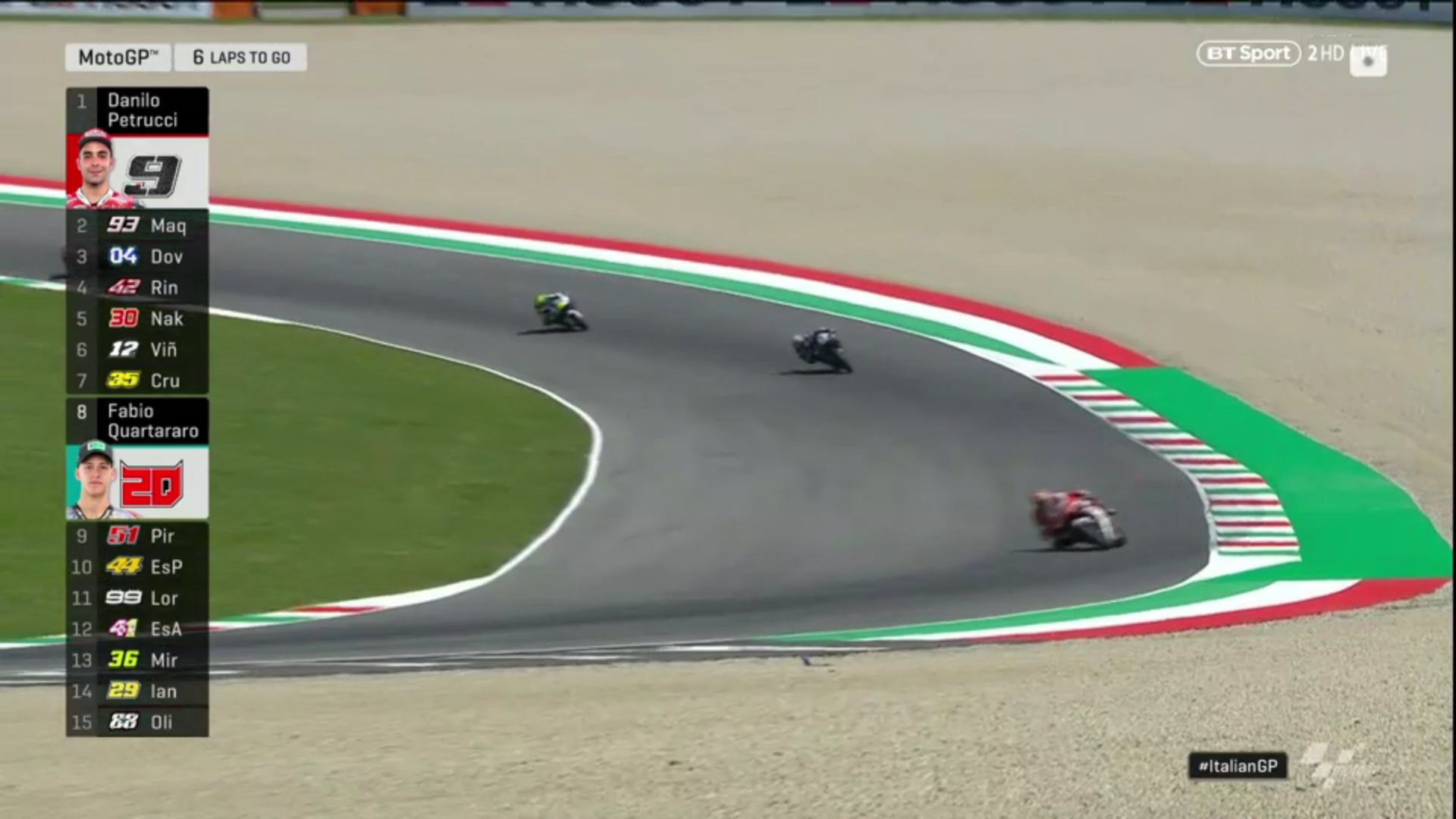Last week, Liberty Media announced that Stefano Domenicali would be succeeding Chase Carey as Chairman of Formula 1.
The news, first revealed by RaceFans, is not a huge surprise given rumours about Carey’s replacement were swirling for a while (even if Domenicali himself was not publicly linked). Nevertheless, the announcement means that Carey will depart his role at the end of 2020, ending a near four-year tenure.
Carey’s tenure began in January 2017, when Liberty Media completed their acquisition of Formula 1 from CVC Capital Partners. In that time, Liberty Media have overhauled the sport in many different areas.
Here, we look back at some of the key broadcasting moves from across the past four years, as covered by Motorsport Broadcasting…
Before Liberty – Although Liberty have made huge strides in recent times, we cannot thank them for everything.
For example, Formula 1 launched their social media platforms in 2014 and 2015, whilst preparation for F1’s over-the-top platform began in the ‘Bernie age’ as well, with rumblings around an app featuring on-boards from every car swirling in October 2016.
So, whilst Liberty under Carey did oversee the eventual execution of the likes of F1 TV, some work in the background did pre-date them.
March 2017 – One of Liberty’s first actions was to encourage teams and drivers to exploit social media. To begin with, Liberty gave teams and drivers flexibility to upload short form videos to their social channels. Boy, we really have come a long way in three and a half years, have we not?
June 2017 – Whilst Carey could (and did) change many aspects of Formula 1, one aspect they could not change was Sky Sports’ UK deal to broadcast F1 exclusively live from 2019 to 2024. In Liberty’s first public comment on the matter, then-Managing Director for Commercial Operations, Sean Bratches said that Liberty intended to ‘honour and respect’ the Sky deal.
On all fronts, the genie is out of the bottle. There will be bad moves; there will be experiments that fall flat on their face, by both the teams and Liberty Media. Now is the perfect time for mistakes to happen when fans are generally accepting that change is happening, and are prepared to accept that there will be early bumps in the road. You would rather make mistakes now when these forms of communication are niche for Formula 1, working to establish common ground, themes and decision-making as the season progresses. I would much rather see risk taking over the next few races instead of an organisation that is clearly relaxing or unable to adjust, as was clearly the case with FOM in previous years. – Me writing in March 2017
July 2017 – Arguably Liberty’s first statement of intent, hosting a live event in the centre of London on a Wednesday evening, prior to the British Grand Prix.
Well received by fans, the likes of Jake Humphrey, David Coulthard and Martin Brundle hosted the event. Liberty has tailored follow up events to the respective follow audiences, and to date there has not been a repeat of the London iteration… yet.
November 2017 – Who knew a logo could prove to be so controversial? If ever there was an instance where Liberty was spot on, and the fans were wrong, it was here.
Fans online panned the new Formula 1 logo, including myself. I admit, I was wrong. The reaction was a little over-the-top. And speaking of OTT, that was where F1 was heading next, as Liberty concluded year one in charge of F1. For them, it was about laying the foundations for the future: kick start future initiatives (Esports), whilst also strengthening every area of the business, which they seen as flailing under Bernie.
February 2018 – The official announcement from F1 that they were heading into the OTT space. Joining F1’s in-house team? None other than ex-NBC F1 colleagues Will Buxton and Jason Swales. The platform, which launched behind schedule in May, gave select territories access to the live action across a multitude of feeds.
A cheaper tier gave fans worldwide (including the UK) access to a wealth of archive material, F1 also taking the opportunity in recent years to stream classic races on YouTube. Not everything was straightforward: US broadcaster NBC cited the launch of F1 TV as a key factor for them dropping out of the sport at the end of 2016.
March 2018 – A new graphics set, a new weekend schedule, and a new theme greeted fans watching F1’s coverage of the Australian Grand Prix. Brian Tyler’s F1 theme is brilliantly awesome, inspiring many different renditions.
Some of the early mooted changes, such as a mid-race highlights package, never really came to fruition (other than Heineken’s floating stars, which I want to forget about). F1 canned other ideas, such as mini-sectors during qualifying, the previous year.
August 2018 – Liberty continued making moves across their social media output, bringing fans closer to the sport. From a broadcasting perspective however, not much gets better than seeing how F1 operates inside the gallery in the heat of the moment.
The team released a fantastic video (below) showing how they handled Sebastian Vettel crashing out from the German Grand Prix, which this site dissected in detail. For anyone who inspires to get into motor sport broadcasting, the video remains a must watch.
Year two really built on Liberty Media’s research from year one, the sport expanding into new areas of growth, such as podcasting. The sport also began to pay more attention to Formula Two and Formula Three, both of which have become far more integrated with F1 in recent times.
Under Liberty’s watch, F1 has given some new voices a go behind the microphone on commentary, with the likes of WTF1’s Matt Gallagher benefiting as a result.
February 2019 – Live testing! Yes, F1 aired the entirety of the first test live in 2019 on their over-the-top platform in selected territories, with Sky Sports taking each afternoon live as well. Fans enjoyed F1’s offering, and coverage returned earlier this year, with both of the three day tests airing live.
Also launching prior to the 2019 season was Netflix’s Drive to Survive, which has helped bring the sport to a new, younger audience.
October 2019 – F1 began to live stream races on platforms such as Twitch, with the Mexican Grand Prix airing live on the platform in selected territories. In a fortnight from now, the Eifel Grand Prix will air live on YouTube for fans in Germany, Switzerland, Netherlands, Belgium, Norway, Sweden, and Denmark.
January 2020 – First revealed by this site the previous July, a new documentary series focusing on Formula Two premiered on F1 TV. The tragic death of Anthoine Hubert shone a different light on the documentary, as fans witnessed events through the eyes of his rivals, and friends, at the time.
COVID-19 pandemic – The COVID pandemic has meant that many of F1’s plans for their 70th anniversary year have not gone as anticipated. A documentary series produced by Sky in collaboration with F1 celebrating the seventy years premiered earlier this month. Other developments concern F1 in the UK and Germany: with F1 TV Pro mooted to launch in the UK next season, whilst F1 in Germany will move behind a pay wall.
Overall, there have been more up’s than down’s when you look at the broadcasting and social media picture in totality for F1 at the end of Carey’s regime compared to where they were at the end of 2016.
As Dieter Rencken on RaceFans recently highlighted, however, the incoming Domenicali has many waves to battle through over the forthcoming months and years.
The COVID-19 pandemic is not over, and many broadcasters may seek to reduce their investment in F1 at rights renewals stage, although F1’s recent deal with Sky in Germany should give Liberty confidence that the news may not be all bad.
Then, there is F1 TV, and continuing to monetise that, whilst ensuring that the technical issues that have plagued the platform since launch do not continue.
Of course, the above achievements do not cover all avenues, merely a reflection of how Motorsport Broadcasting has covered recent events.
What do you think is F1’s biggest improvement, or misstep, on the broadcasting and social media front in recent years? Have your say in the comments below.
Contribute to the running costs of Motorsport Broadcasting by donating via PayPal
